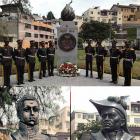ADVERTISEMENT
Photos
Haitian State Lottery and Gambling regulation
The Haitian State Lottery of the LEH was reopened on Tuesday, July 2, 2013. LEH was closed 14 years ago on account of socio-political upheaval. The President of Haiti, Michel Martelly, officially reopened the Haitian State Lottery. The primary objective behind reinstating the LEH is to promote responsible and safe gambling that can help the Haitian economy to grow through its various benefits. The state agency called Housed Pacot will be in charge of the regulatory administration and function control of the LEH and will promote safe sale of lottery while promoting responsible participation.
Haitian State Lottery and Gambling
The Haitian State Lottery of the LEH that was reopened on July 2, 2013 aims towards promoting safe lottery sale and responsible gambling and will help Haiti's economic growth through creation of jobs - both direct and indirect. The target is to normalize gambling in Haiti and to modernize the LEH establishment through implementation of ample computerized systems. The Ministry of Economy and Finance will provide necessary support and resources to LEH for proper functioning.
Gambling in Haiti
Gambling in Haiti is very popular and it is legal by Haitian constitution. Anyone who has reached the age of 18 is allowed to participate in gambling. When it comes to casinos, there are only two of them legally operating in the country. Casinos and lottery sale outlets are classified differently and while there are only two casinos is Haiti, there are numerous lottery stalls to be found in the Island Nation. Casinos in Haiti are self-regulated and hence, for slot machines, the payout rates as high as that experienced by players in other countries where casinos and gambling is legal.
Casino Gambling in Haiti
There are two renowned casinos is Haiti which are El Rancho Hotel & Casino and Royal Haitian Hotel and Casino. The El Rancho Hotel & Casino operates daily from 5 PM to 3 AM and offers 50 gaming machines. There are 15 gaming tables and the popular games include poker, roulette and blackjack. The Royal Haitian Hotel and Casino operates every day from 9 PM until the hotel closes. There are 30 slot machines and 6 tables. The games offered are Caribbean Stud Poker, roulette and blackjack.
Fort Picolet lighthouse, near Cap-Haitian
Here is a picture of Fort Pocolet lighthouse, near Cap-Haitian
Fort Picolet, walls now taken by trees, vines. Hopefully unimpeachable during its official tenure, the walls of Fort Picolet have now been taken by trees, vines and attendants of vodou ceremonies. An aerial shot of the fort today shows as much the green of vegetation as the grey of man's design. The fort didn't sustain much damage during its years of operation, the cannons were never fired, however, damage to one wall was sustained after a magazine exploded.
Fort Picolet, built to protect French investment from Spain and England
The well preserved, attributable mainly to neglect, ruins of Fort Picolet gives a great glimpse into the past of Haiti under French rule. No doubt built to protect the French investment from rivals such as Spain and England, the fort had very few points of access and was littered with many great stone steps, some winding steeply and quite precariously up the rocky coastline. Today, many of these stairs and high walls remain, more or less, intact. Even a cistern for catching rain is still very well preserved.
Fort Picolet, built over two hundred years ago
The cannons at Fort Picolet, built well over two hundred years ago, were never fired. Now rusted and mostly unseated from their mounts, they wait until the day a restoration project may be deemed necessary to salvage the heritage of the old Fort in the cliffs west of Cap Haitien. If such a project were to be undertaken, the work would not need to be too daunting, as, because of the stories of mystical ceremonies centered on Haitian vodou arts abound, not many people visit the site, leaving it in still-good shape.
Fort Picolet, a tourist attraction
The past regimental glory that was Fort Picolet has given way to a ruin that serves mainly as a tourist attraction and also moonlights as a residence for squatters. Gaining access to the ruined fort includes a trek across a littered beach which leads to a rocky promontory, upon which the tumbledown fort now sits. Inside, a row of cannons, more fallen down than are standing, give eerie spectacle of the vagaries of time over once mighty vestiges of power.
Fort Picolet built to protect Cap-Haitian
Fort Picolet, like most other forts build to protect the settlements behind it, was the result of the importance of Cap Haitien to the French during their rule over Haiti. The one time capital of Haiti needed dependable fortification, so the fort was built on the side of a mountain accessible by a nearby beach. Beside the fort is a river for fresh water and the nearby harbor provided further accessibility. The fort fell into ruin after the series of revolts that liberated Haiti from French rule.
Fort Picolet with secret tunnels
Construction on Fort Picolet began in 1736 by Mr. Larnage, but was not finished until 1741, under the guidance of Mr. Du Coudrean Engineer. The colonial fort was completed with secret tunnels, fierce battlements, winding, steep staircases and a lighthouse. Built for the defense of the French Cape, Fort Picolet was one of forty which were constructed in Haiti's north coast. It had two batteries a path for walking and a coastal wall. Its first commander was Henry Christophe.

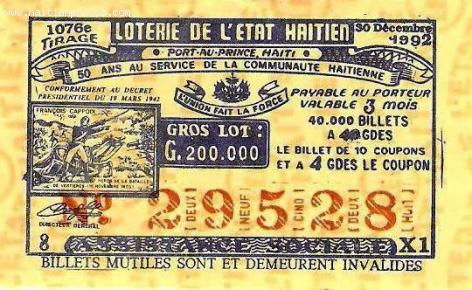
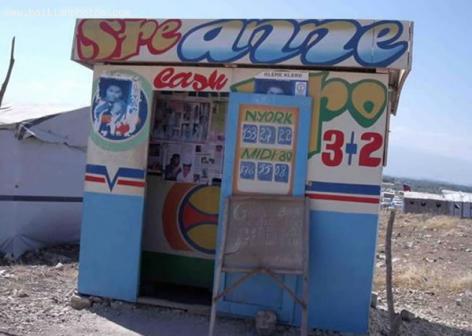
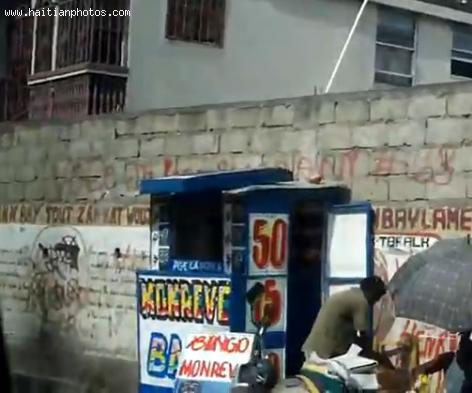
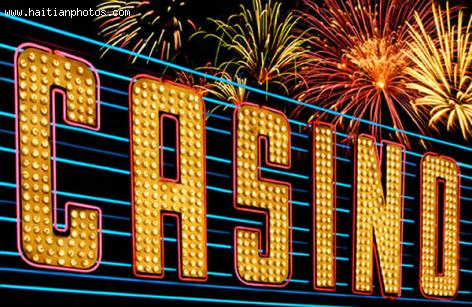
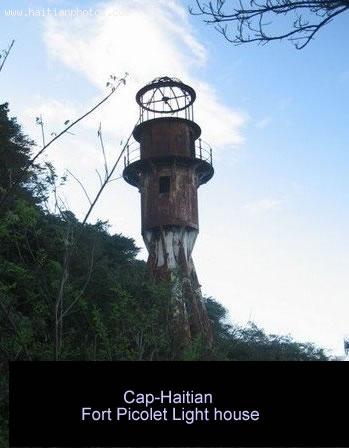
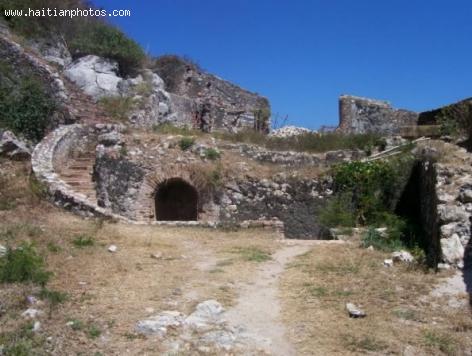
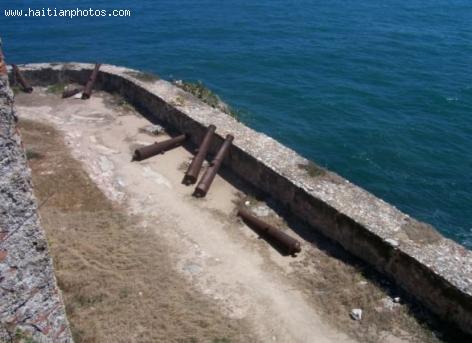
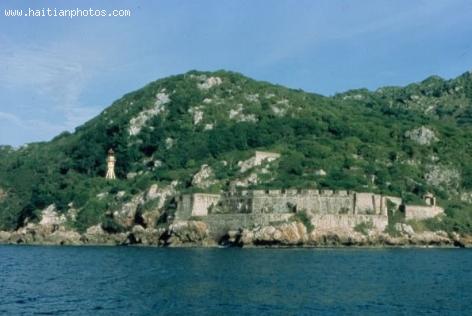
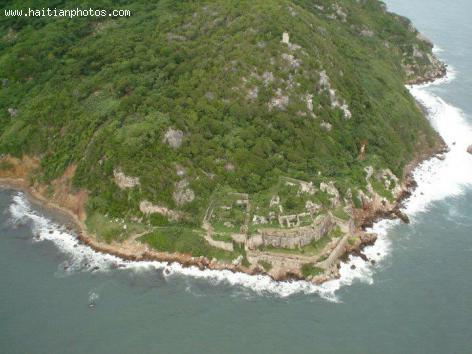
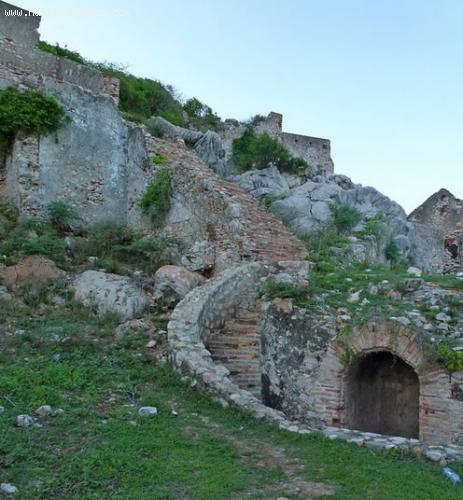
 Texaco Gas Station In Haiti
Texaco Gas Station In Haiti  Charlemagne Peralte betrayed by Jean-Baptiste Conze
Charlemagne Peralte betrayed by Jean-Baptiste Conze 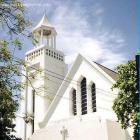 Nouveau College Bird in Port-au-Prince, Haiti
Nouveau College Bird in Port-au-Prince, Haiti 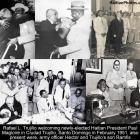 Rafael L. Trujillo welcoming Paul Magloire in Santo Domingo
Rafael L. Trujillo welcoming Paul Magloire in Santo Domingo  Delimart Plaza, Delmas 32, Port-au-Prince, Haiti being looted
Delimart Plaza, Delmas 32, Port-au-Prince, Haiti being looted  Jack Guy Lafontant resigns as Haiti Prime Minister
Jack Guy Lafontant resigns as Haiti Prime Minister 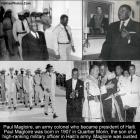 Paul Eugène Magloire, born in Quartier Morin
Paul Eugène Magloire, born in Quartier Morin 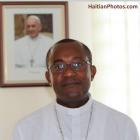 Pope Francis appointed Mgr. Launay Saturne Archbishop of...
Pope Francis appointed Mgr. Launay Saturne Archbishop of... 


